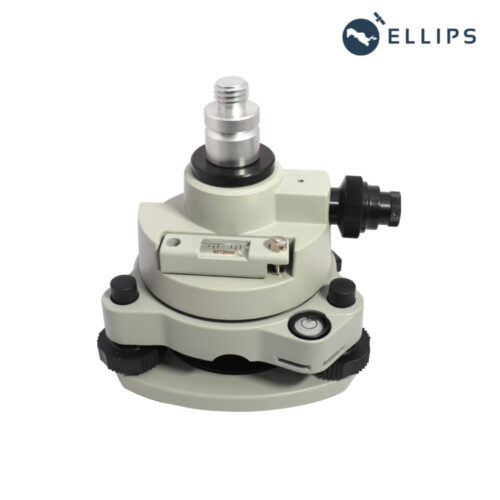Description
Carbon pole for GNSS in Uzbekistan, Tashkent
- Mounting GNSS equipment: Carbon poles are used to mount GNSS antennas and receivers at a precise height above ground level. This ensures optimal reception of satellite signals and accurate positioning data.
- Rover pole: In GNSS surveying, a rover pole is used to hold the GNSS receiver (rover) above the ground while collecting positioning data. Carbon poles are preferred for rover poles because they are lightweight, reducing fatigue for surveyors who may need to carry them over long distances.
- Telescopic adjustment: Many carbon poles for GNSS applications are telescopic, meaning they can be adjusted to different lengths. This allows surveyors to easily adapt the height of the GNSS antenna to the specific requirements of the surveying task.
- Vibration damping: Carbon fiber poles have natural damping properties, which can help reduce vibrations caused by wind or movement during data collection. This improves the stability of the GNSS antenna and enhances the quality of the positioning data.
- Durability: Carbon fiber poles are known for their strength and durability, making them suitable for use in challenging environments such as construction sites, forests, or remote areas where GNSS surveys may be conducted.
Overall, carbon poles for GNSS play a critical role in ensuring accurate and reliable positioning data for surveying, mapping, and related applications
Other products in category Geodetic accessories






